When a loved one dies, planning a funeral is left to family members. Making funeral arrangements often starts with contacting a funeral home who will help you plan out the details of the funeral, burial, and reception.
When someone dies, it doesn’t matter how organized they were in preparing for their own funeral and communicating specifics of their final wishes. Another family member has to jump in and make or finalize the funeral arrangements down to the minutia needed to pull it off smoothly.
If you are in charge of planning a funeral for a loved one, here is a step-by-step guide to what you need to do to plan the type of funeral and end-of-life rituals they would have liked.
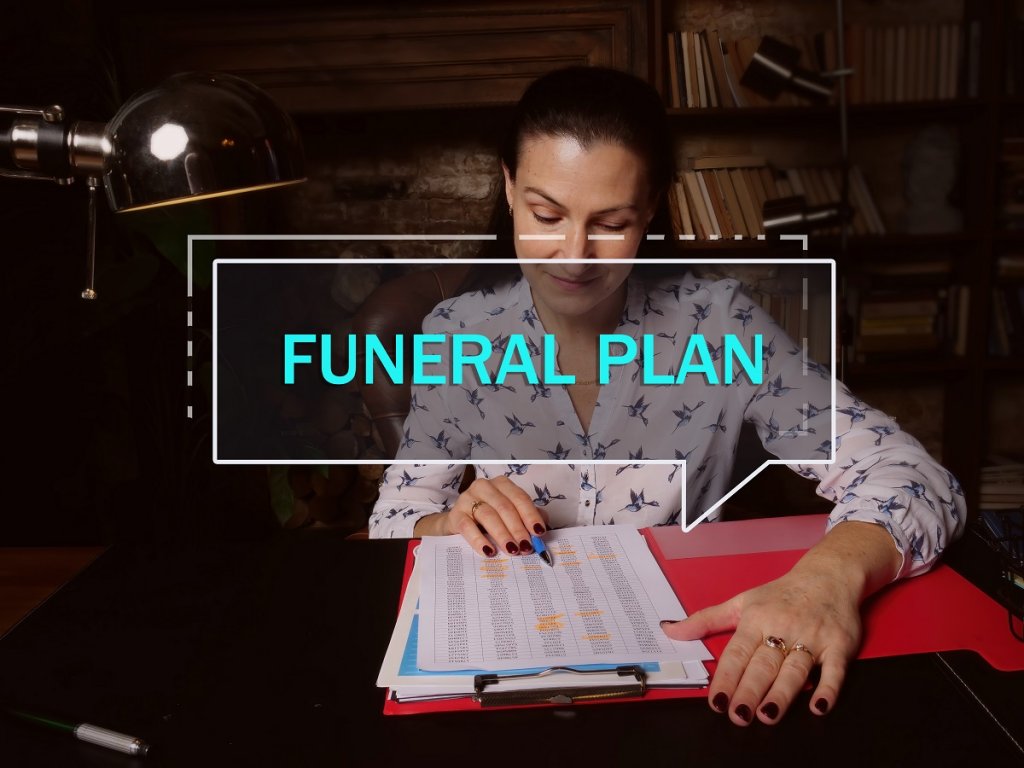
Table of Contents
Determine If Any Pre-Arrangements Have Been Made
The deceased may have paperwork among their personal files that indicates if they had a prearranged funeral plan or owned a cemetery plot, along with insurance policies they intended to use to pay funeral expenses.
If you cannot find anything, you might check with the person’s legal representative who may have insights on their desired funeral plans or if an authorization of final disposition has been put in place.
For more details, listen to our expert Jeff Lemley talk about the benefits of an Authorization of Final Disposition.
In the absence of written instructions, talk to family members about what they might know about the deceased’s wishes.
Choose A Funeral Home
The next thing to do is select a funeral home you’d like to use. While you will want to meet with the funeral director in person to make arrangements, you can ask for basic pricing when you call funeral homes. Price is obviously not always the final criteria used in selecting a funeral vendor, but the ballpark number and the way personnel treat you on the phone may help you narrow down the place you want to do business with.
A good funeral director will be helpful in planning many aspects of the services. While you may be clouded with grief after losing someone you love, professionals at the funeral home plan funerals for a living. They will help you create a good sendoff for your loved one.
Before you go in to talk to the funeral vendor, you should prepare yourself in three ways:
- Familiarize yourself with the average funeral costs in your area.
- Gather the basic information about the deceased for paperwork the funeral director will need to provide to file for death certificates and prepare the obituary.
- Know how you will pay for funeral services.
If the deceased was Jewish, Muslim, or some other faith that has special rituals surrounding death, you should find a funeral home respectful of your needs. The right funeral home will work with you to provide what the family cannot.
Many people now consider a more natural burial, with the intention of displaying the body at home and burying the remains on private property. Some funeral homes are familiar with hybrid funerals and can help you file paperwork, provide transportation, and do whatever you cannot. A funeral home can even direct you to a cemetery that observes green burial practices if you do not have a plot already,
Funeral homes often offer packages of services that include most of what you need and provide additional services for an extra charge. For example, if you need to postpone the funeral to accommodate out-of-town family, the funeral home can refrigerate the body for additional days. They can add on additional viewing times, obtain flowers for you, order or prepare memorial cards, and even serve a catered lunch after the funeral.
The more communicative you are about your needs, the better the funeral home can serve you.
When you meet with the funeral director, you may need to put down a deposit and disclose information about how the rest will be paid. If the insured carried burial or life insurance, the funeral home may be willing to wait for the payout. You will need to contact the insurance company, which mayrequired a death certificate before sending the check.
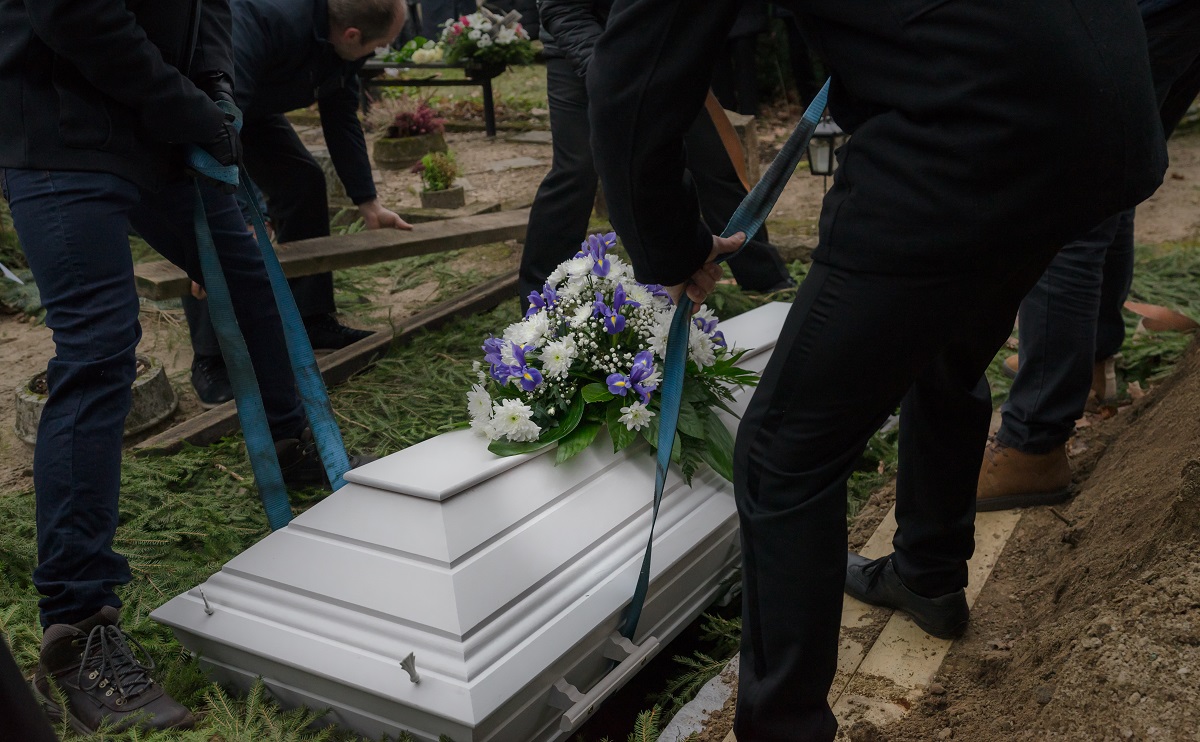
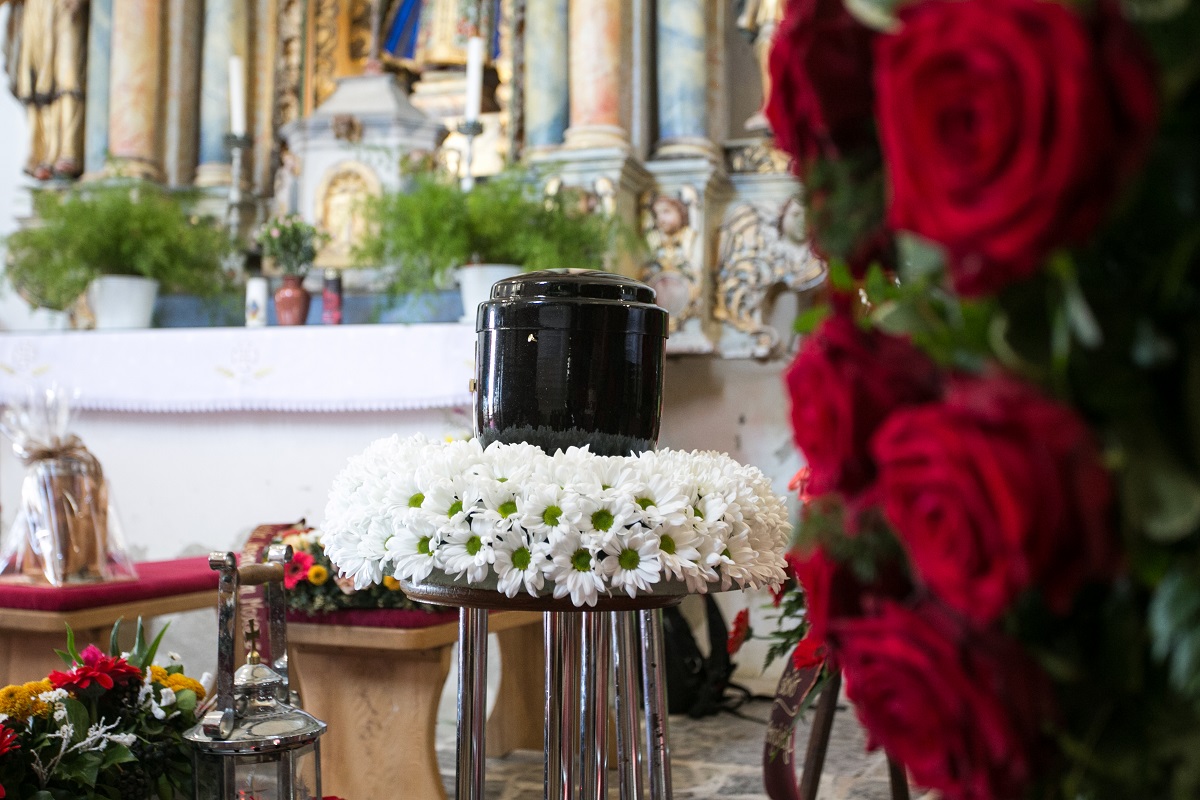
Choose A Form Of Final Disposition
Do you want a traditional burial or cremation for your loved one?
The funeral home will aid you in attending to the deceased’s body, but you must specify the disposition you desire. The funeral home services you will need depend on whether you want a viewing of the body or not. If so, the funeral home will embalm the body and host the wake at their facilities.
If you want the departed to be cremated, you will still have to determine whether you want the remains buried, displayed, or otherwise disposed of. Direct cremation, where there is no viewing or need for embalming, is the most cost-effective.
For burial, you will need a cemetery plot, space in a mausoleum or crypt, or access to private property for the interment.
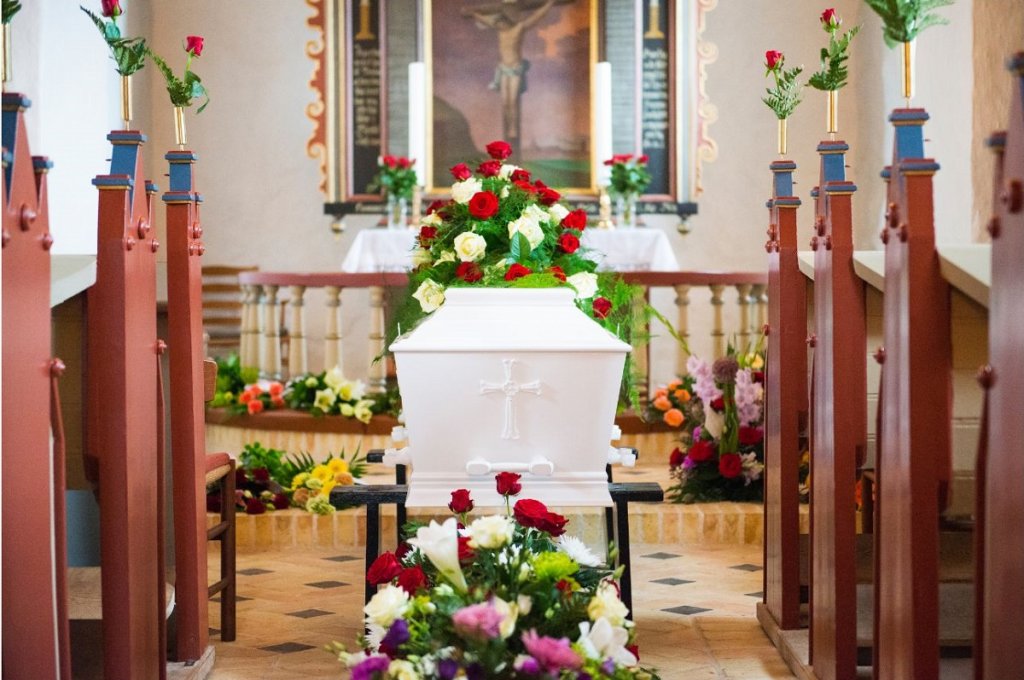
Decide On The Service Type
Many people want a service to give closure to their loved one’s life.
Types of funeral services include:
- Religious funeral service: Often held at a place of worship, a religious funeral service that includes rituals and prayers from the deceased religious background, whether it be Catholic, Protestant, Muslim, Buddhist, or some other faith.
- Military funeral service: Those who were military members can have a service that includes an honor guard, the playing of Taps, a 3 gun salute, and a coffin draped with a flag that is later folded and given to a family member.
- Fraternal funeral service: Those involved in fraternal organizations or a member of the police or fire department might be entitled to a fraternal funeral service.
- Memorial service: A memorial service might be in order in cases where the body has been cremated or a long time has passed between the death and the services. Having delayed services was common during the recent Covid pandemic.
- Celebration of Life: While many services celebrate the deceased’s life, an actual celebration of life ceremony is less formal and concentrates on sharing memories of the dead. It may be held at a party center, park, lake, amusement park, restaurant, or any venue the deceased might have enjoyed. A celebration of life event can replace or supplement a funeral.
Choose A Location For The Funeral Service
Many deceased churchgoers prefer funeral services at a religious location such as a church or synagogue. Still, the services can also be held at the funeral home, gravesite, or any other location the deceased might have liked. Even the cemetery may have a chapel where you could hold the services,
Book the facility as soon as possible as you have finalized other final arrangements.
Find And Schedule A Clergy Member or Officiant
The funeral will need an officiant to lead the service. The person who fulfills his role is often an ordained clergyperson from a religious organization. You may call your church to schedule the times for services.
The funeral director or a staff member can officiate the funeral if the family prefers or suggest clergy who could help.
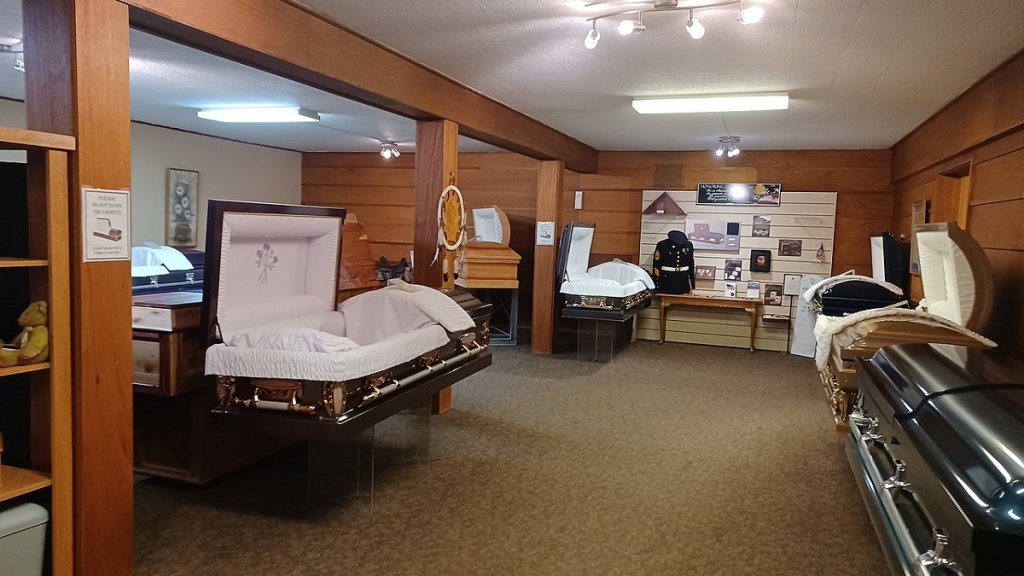
Select A Casket
If the family wants the person buried, the next step in funeral planning is selecting a casket to contain the deceased’s body that will display all or part of the body. (The two casket types are called full couch or half couch,) Most funeral homes have a showroom of different styles and grades of casket. Caskets are one of the most costly aspects of the funeral.
According to the Federal Trade Commission funeral rule of 1984, the family is not obligated to buy a casket from the funeral home. You even buy one online from Amazon, Costco, or Walmart and have it delivered to the funeral home at no extra charge. While buying from the funeral home is very convenient, anyone planning a funeral on a tight budget would be wise to look online before going to the funeral home to get an idea of pricing.
A casket is unnecessary for cremation if the family chooses direct cremation with no wake or viewing. If there will be a viewing and visitation, most funeral homes recommend embalming the body and placing it in a rental casket.
Some caskets appropriate for cremation can be selected for viewing, but the family can choose for their loved one to be displayed in a metal casket that will not work for cremation. The funeral home can rent caskets for the wake, which are replaced with a wooden, wicker, or cardboard cremation casket before the procedure.
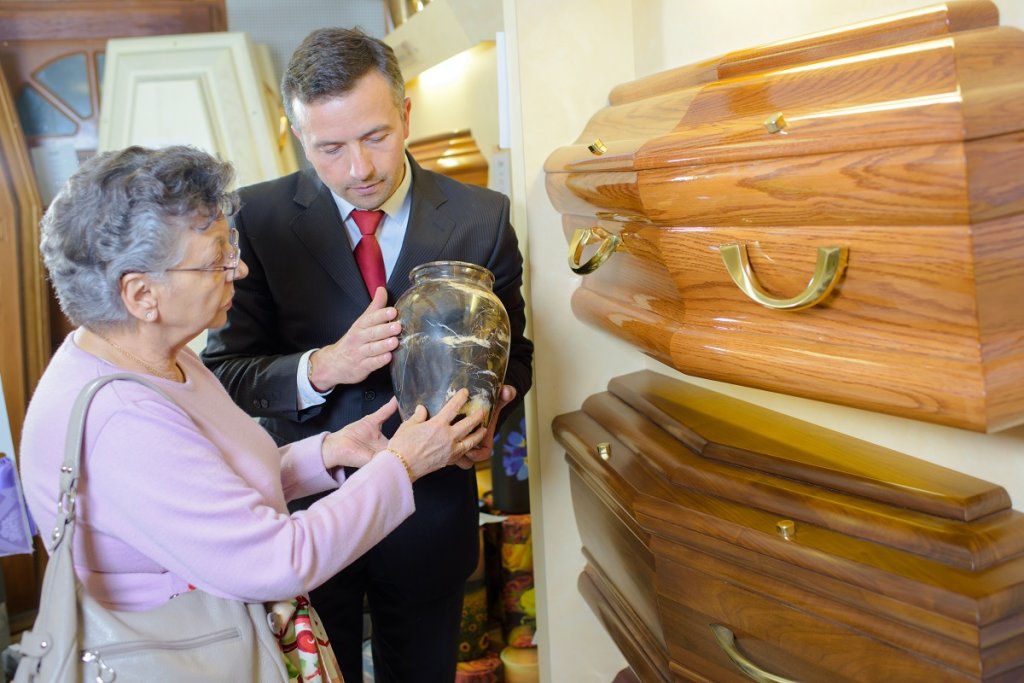
Select A Cremation Container
If cremation was chosen, you must select the cremation casket made of a material that burns. The most basic containers are made of cardboard, but many are wood or natural materials that will burn along with the body.
The next step is to decide what you want to do with the ashes, typically placed in an urn, a large covered vase designed to hold human remains.
Suppose you do not want to bury the ashes, keep them at home or scatter them in a favorite location. In that case, you must retain space in a columbarium or wall niche at a cemetery or independent facility.

Select Accessories
After embalming, the deceased will be dressed for presentation. The family should provide the clothing, jewelry, and glasses they want the funeral home to use.
For cremation with no viewing, you can provide clothes, have the deceased cremated wear what they were wearing when the body came into the crematory, or have the body cremated without clothes.
Choose Final Touches
To make sure the departed looks their best, the funeral home can provide makeup and cosmetology services for an extra charge.
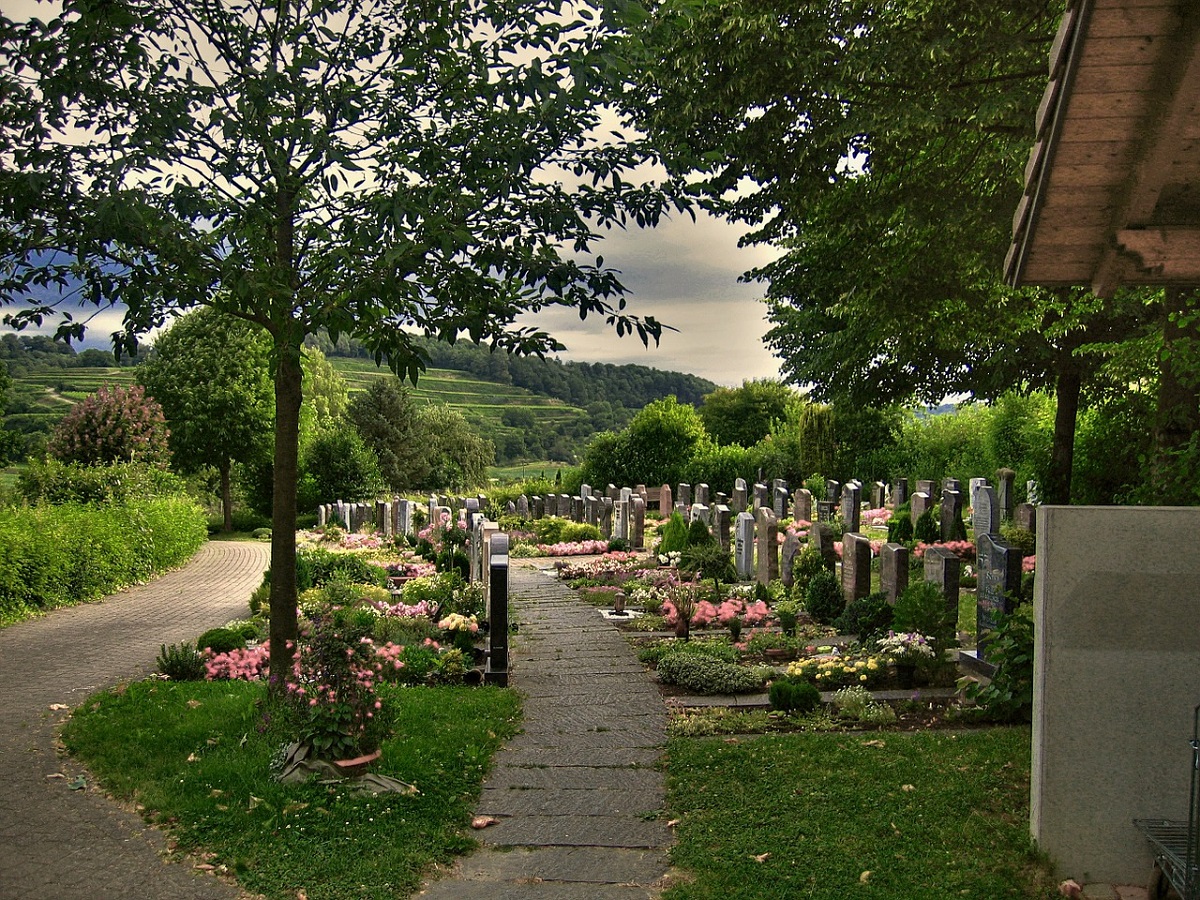

Arrange For A Cemetery Plot Or Space For Cremated Remains
Suppose the deceased previously purchased a cemetery plot. In that case, the funeral director will need the deed or proof of ownership to make arrangements for burial in a specific location in the cemetery.
You must secure space in a cemetery if the deceased has no lot. Unfortunately, the space you can secure is based on availability. Some people realize that they will need more space for themselves or family members in the future so they may purchase adjacent spaces now.
Some websites are devoted to selling unneeded cemetery property in a cemetery you might be interested in. Check out Plotbrokers.com, Gravesolutions.com, or Bayercemeterybrokers.com if you need a plot.
If your deceased will be cremated and you want to display the ashes in a niche or columbarium, you should make arrangements now.
Select A Burial Container
The casket does not go directly into the ground but into a concrete burial container that supports the soil around it so the ground does not cave in. The most basic container is a grave liner with no bottom or at least drainage holes and no seals. A vault is a reinforced concrete box with additional metal or polystyrene liners that protect the corpse from the elements and prevent sinking.
Most cemeteries require a burial container for ease of maintenance of their grounds.
Make Arrangements To Have The Grave Opened And Closed
Once you decide on dates for the service, the funeral director will arrange for the opening and closing of the grave at the cemetery.
Secure Endowment Care
Once the person is buried, the cemetery maintains the gravesite and adjoining land. They may charge a one-time or ongoing fee for “endowment care” or general maintenance.
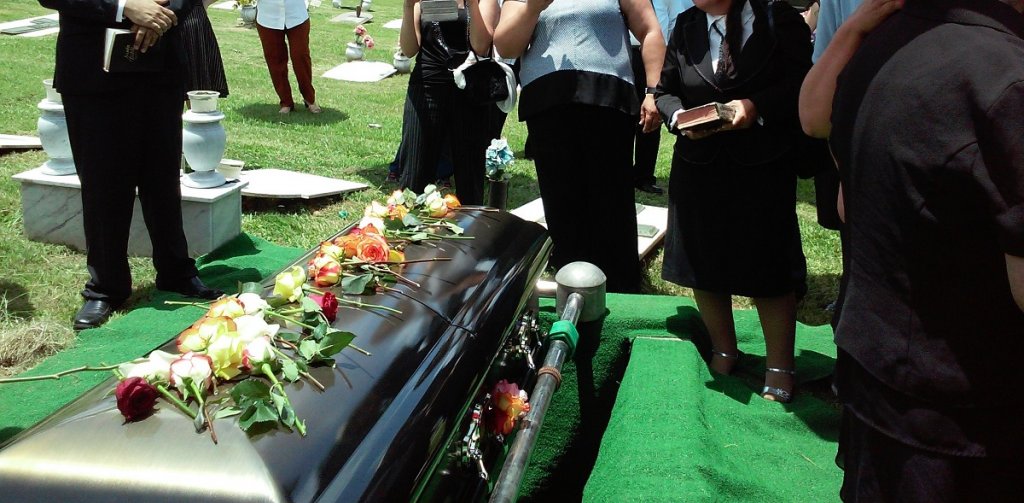
Arrange The Graveside Committal Service
After the funeral, most people have a graveside service that accompanies the committal of the body to the ground. Even if there is no other funeral service, a graveyard service may provide closure to the family. A clergy member may say a few words, prayers and songs, guests may place a flower on the grave, and some family members may throw a shovelful of dirt over the grave.
You need to decide which of these elements you want to include.
Choose A Grave Marker And Headstone
After burial, a marker identifies the space where your loved one is interred. Obtaining a stone marker or headstone takes time, so many procure a temporary marker. You may need to select both a permanent and temporary marker at the funeral home.
Arrange The Wake, Viewing, Or Visitation
If you are having a viewing of the body at the funeral home, you will set the time in your meeting with the funeral director. Some families who choose not to have a viewing may set up a visitation time at the home or another location so that friends and extended family members who want to express their sympathy.
Prepare The Obituary
If you want to run a death notice or obituary in the newspaper or online, you should provide details to the funeral director. Even if you want a minimal death notice, you should provide the details for services, visitation, and any preferences about flowers or donations.
The funeral home can place the notice for you, or you can do so. You should also post a notice of death on social media as many are more likely to see the information there rather than in a newspaper.

Decide Who Will Give The Eulogy
Decide on a good choice to deliver the eulogy, the tribute speech that praises the life of a deceased person. You should choose a family member or close friend who knew the deceased well, has a knack for public speaking, and is unlikely to be so overcome by grief that they cannot deliver the eulogy.
Select Scriptures Or Other Readings For The Service
Choose bible verses, poems, or other writings meaningful to the deceased and select who will read them.

Select The Funeral Music
If the deceased had favorite songs, choose the music, relay that information to the church or other venue, and line up soloists, instrumentalists, or choirs, if needed. Your choices can range from classics like “Amazing Grace” or “Precious Lord” to more modern favorites such as “On Eagle’s Wings” that can be sung by the congregation or soloists.
Here are 40+ Catholic Funeral Hymns perfect for a celebration of life.
Choose Forms Of Media
Will you want a slideshow at the wake or funeral? Do you want a video for online streaming? The funeral home may be able to help you with the technical part or direct you to service providers who can.
If you want to pass out memorial prayer cards or holy cards, the funeral home can prepare or other these for you.

Gather Items For A Slideshow, Memento Display, Or Memorial Board
Gather pictures and other memorabilia to display if you want a picture board at the wake or funeral reception.
Choose Charities
Funeral attendees sometimes ask whether they should give money to honor the deceased. Although giving money directly to the deceased’s family can be considered inappropriate, there are often memorial gift types that honor the memory of the deceased.
If you want guests to make donations to a favorite charity of the deceased instead of flowers, make your selection and include it in the obituary.
Purchase A Register Book And Memory Book
If you want to collect more than guests’ signatures and addresses or have them leave a memory, obtain a guest book or memory book to gather this information.
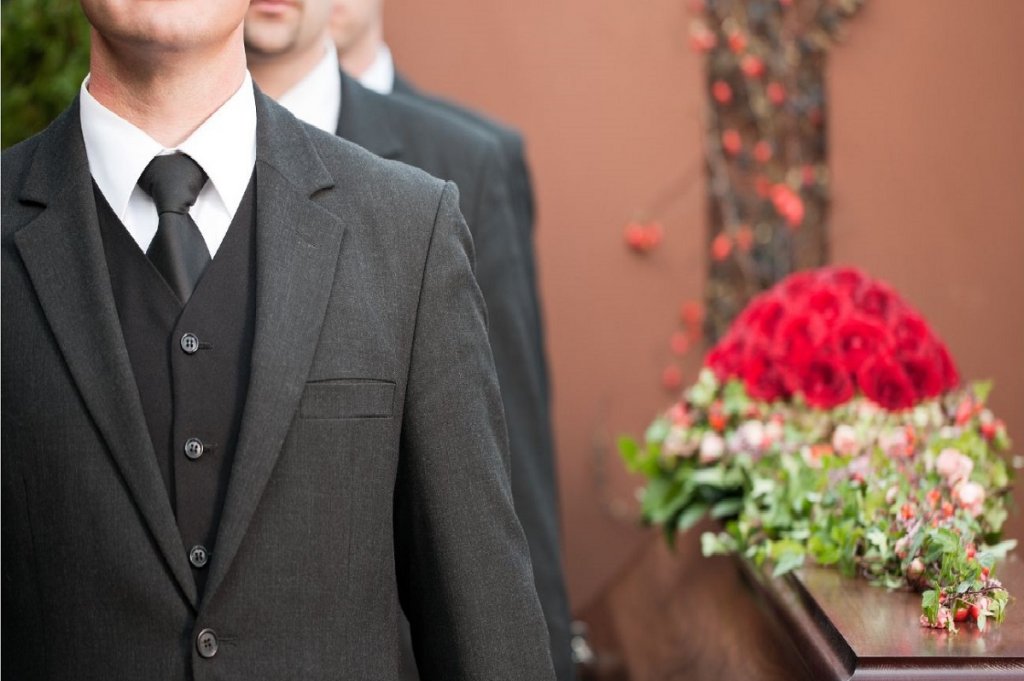
Select Pallbearers
Pallbearers are chosen to carry (or assist in moving of) the casket at the funeral and/or cemetery. Family or friends are often chosen – individuals close to the deceased.
The funeral staff can also assist if needed.
Arrange Flowers
Find a florist and select floral arrangements for delivery to the funeral home or church.
Arrange Transportation
For a traditional funeral, you must have the deceased’s body delivered to the funeral home, taken to services, and dropped off at the cemetery. Even with cremation, you need the body transported to the funeral home and crematory if a third-party facility is used. You will need to arrange a hearse to transport the deceased’s body from the funeral service to the cemetery.
The funeral home provides the hearse and may arrange a limousine for some family members. However, you may need to arrange or provide transport for out-of-town family members to and from the funeral, to the cemetery, and to the post-funeral reception.
You may also need to arrange transportation and lodging for out-of-town guests.

Organize A Reception Or Celebration Of Life
After the funeral, those who attend the funeral may job family and close friends for a meal or refreshments. Many families have a luncheon at the funeral home, a church, a restaurant or party center, or at home.
Some churches may provide the food, supplemented by donations. You may need a caterer to bring in and even serve the food.
If you opt for a celebration of life, you can set this up as you plan the disposition of the body.

When you contract with a funeral home, some of the items on the above list can be handled by the funeral home or provided as part of the service package you selected or a la carte. Most families strive to balance time, money, and grief, so it’s wise to use the help at your disposal when planning a funeral for a loved one.

